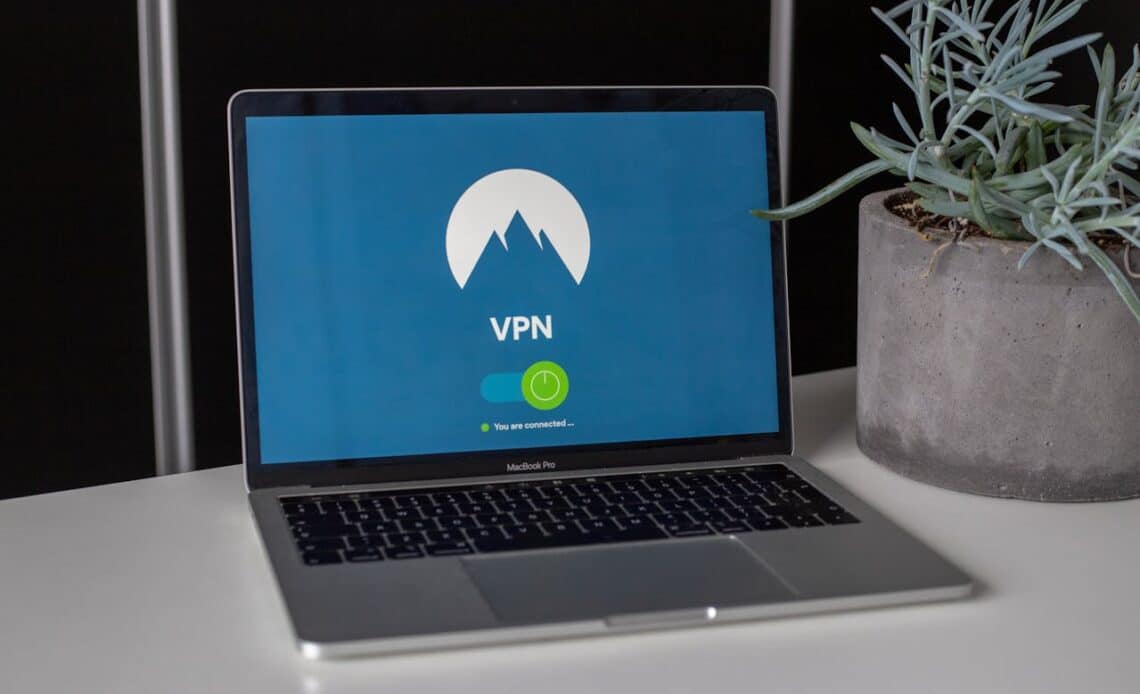
Data security is a top concern for businesses in the digital age. They must preserve confidential data, IP, and employee privacy. This is where dedicated IP VPNs help.
A VPN encrypts and secures your internet traffic. It protects your internet activity. It protects your data from public Wi-Fi snoops like a private subway. Also from ISPs and governments. Employees can send, receive, and access private network data using VPN. It leverages Internet infrastructure.
Imagine employees working from cafés, airports, or their homes. A dedicated IP VPN lets them securely access corporate resources and collaborate as if on your local network. Thus, workflow and cooperation are uninterrupted regardless of location.
People generally search ‘business internet providers near me‘ and get many results. But, it is crucial to ensure that their choice complies with all security measures. The VPN should allow remote devices to work as they are on the same local network.
Today, it is essential for businesses to have a dedicated IP address VPN to protect their confidential data. The reasons for having a dedicated VPN are discussed below.
The need for a VPN
Businesses require VPNs to hide their users and activity. VPNs have further advantages:
Convenience: VPNs encrypt internet traffic for employee distant access. Internal networks and important data are protected.
By encrypting data and hiding user locations, VPNs provide better security than traditional techniques. It restricts private networks to approved users.
Easy Management: VPNs are cost-effective and nimble for enterprises with rapid user growth. No extra hardware or complicated setups are needed.
This step-by-step instruction helps set up ISP VPN connections.
Steps to set up VPN connections from Internet Service Provider
Some key steps to keep in mind while configuring a VPN connection are:
Step 1: Understand the need for business
Map your business’s VPN needs. Goals must be stated clearly. It aids VPN selection. It is the ideal instrument for online experience.
Step 2: Assemble the building blocks of the VPN
First, you need a VPN client, server, and router. Installable client connects to worldwide servers. It gives employees international access to small company networks. This client works with PCs and smartphones. This ensures accessibility even when workers are utilizing public 5g Wi-Fi networks.
A VPN router is also needed to encrypt and secure network data. VPN clients are embedded into many routers.
Step 3: Keep your devices ready
VPN clients may conflict or malfunction. To avoid difficulties, prepare the network system before VPN configuration.
First, delete superfluous VPN client software. Conflicting VPN clients might be difficult. Their removal is suggested.
Now is the time to evaluate network settings. VPN client configuration may take longer if you want to implement a VPN for employees using Wi-Fi, 4G modems, and wired connections to access online resources. Disconnecting unneeded devices can help streamline networks.
Step 4: Choose a reputed VPN service provider
A solid VPN provider should fit company needs and budget. It should match their products and value. Compare features, reviews, and pros/cons. Airtel is a top VPN provider.
Step 5: Download and install VPN
Secure the link. Download the VPN client from the provider’s website and follow instructions. Install the VPN client by following the instructions and granting rights. The most important thing is to download from legitimate sources. This prevents security issues.
Step 6: Log in to the VPN
VPN client apps require login credentials after installation. VPN service sign-up usernames and passwords are usually the same. VPN clients may need a separate login at some companies. The VPN program usually connects to the user’s nearest server after login.
Step 7: Choose VPN protocols
- VPN protocols transit data between the user’s machine and the VPN server. While some protocols favor speed, others prioritize data privacy and security.
- OpenVPN is an open-source protocol. Due to its clear coding, it is becoming an industry standard.
- L2TP/IPSec combines Layer 2 Tunnel Protocol and IPSec for enhanced security and authentication.
- SSTP can be easily integrated with Microsoft operating systems. It tunnels securely.
- Point-to-Point Tunneling Protocol (PPTP) is an outdated protocol. Due to speedier and safer alternatives, its use is waning.
Step 8: Configure and connect
Select a server and start a VPN to configure and connect. Adjust parameters for best performance. VPN services are integrated and used efficiently with customized setups. This improves internet safety and accessibility.
Secure your digital journey with Airtel VPN
Understand your business’s demands and compare services. To access a powerful online security and privacy tool, configure it. Remember, a VPN protects your data. It gives businesses and users internet confidence. Explore, connect, and prosper in a secure digital world with this new information.
Airtel’s dedicated IP address VPN is a one-stop solution for businesses to start the journey of secure and more flexible activities. Explore its features now!
Also Read: Industrial Applications of Vacuum Blowers

Crafting words to inspire, engage and motivate. 10+ years of content writing, SEO, digital marketing and blogging experience. Ready to help your brand reach its potential!

